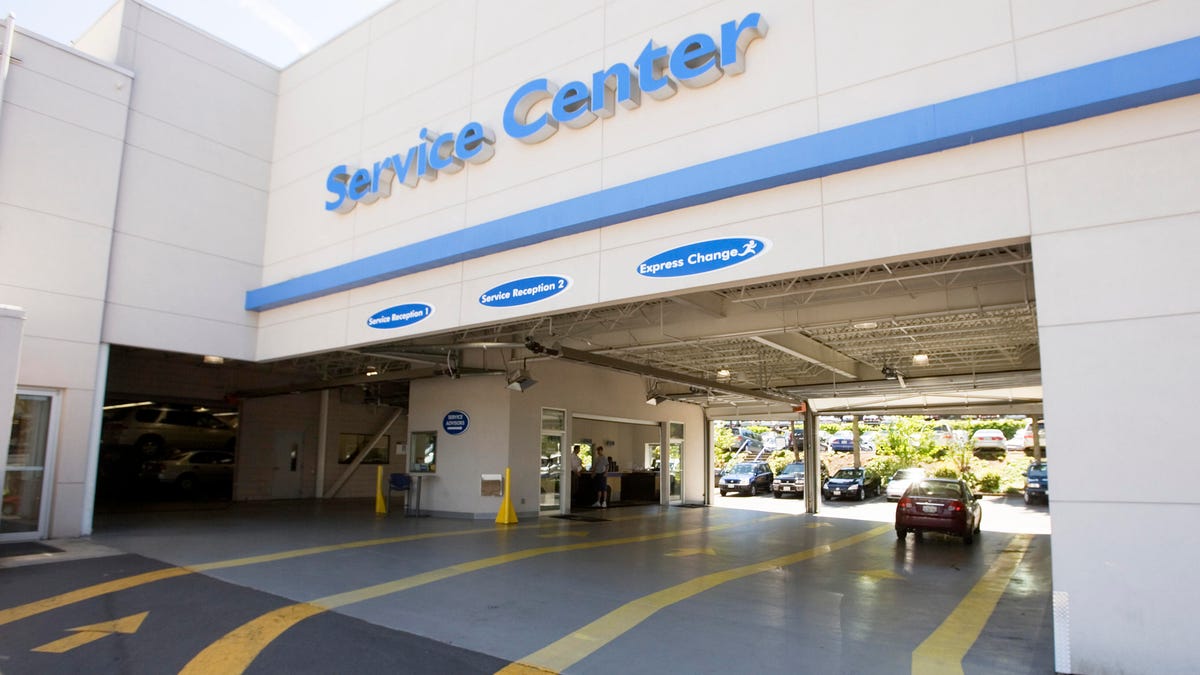Here's How to Find Out if Your Car Has a Recall
It's as simple as finding your VIN and visiting NHTSA's website.

Your car may be part of a recall this very moment and you may have no idea. Car recalls happen far more often than you may realize, so it's a good idea to check on your car's status every once in a while. Automakers are required by law to send out recall alerts to owners, which they do by mail, email and sometimes over the phone, but these notices can be pretty easy to miss. Still, keeping tabs on open recalls is actually a very simple process. Remember, whether you purchased a car new or used, or owned it for months or years, open recalls happen all the time -- and you're entitled to a repair for your car, truck or SUV.
Luckily there are just a few simple steps to follow to check if your car is affected by a recall.
1. Locate your VIN
Think of your car's unique 17-character vehicle identification number, or VIN, like your vehicle's serial number. By law, every vehicle built since 1981 has its VIN printed behind the lower driver's side corner of the windshield, as pictured above. However, you can also find your VIN on your vehicle registration or insurance card, or on a placard on the driver's door jamb.
If you prefer to avoid typing out all those letters and numbers, there are several third-party apps available for both iOS and Android where you use your phone to scan your vehicle's bar code (often located on the windshield or in a door jamb) and they can automatically scan for recall information. Many of these apps will also tell you all about your particular vehicle's specifications and maintenance history.
The 17-character VIN is specific to your particular vehicle and can be found on the lower corner of your windshield.
2. Check NHTSA's database
The US government works with automakers to report, track and share recalls through the National Highway Traffic Safety Administration. Your first step is to check out the federal agency's recall page, nhtsa.gov/recalls, and enter your VIN. If nothing comes up, you're golden. If any open recalls do populate, move on to our third and final step.
You can also use NHTSA's site to check on vehicle-related products, including as car seats, tires or auxiliary equipment, as well as recalls for motorcycles and motorhomes.
Many automakers have their own recall portals online and toll-free numbers, as well.
Read more: How to Get Your Car Repaired at Home
You can get recall information for car seats, tires and other automotive equipment on the NHTSA website.
3. Register your car on the SaferCar app
If going to the NHTSA web page on your own time seems like a drag, download the SaferCar app and add your vehicle and VIN. The app will automatically alert you if your car has a recall, pushing an alert to your phone once NHTSA files the recall documents for public viewing. What's really cool is you can also add car seats, tires and other equipment to the app and get an alert if any of those products need fixing as well.
4. Schedule service with your dealer
Your local dealership can perform recall work; simply schedule an appointment. Some recalls are more urgent than others, but regardless, you shouldn't wait to have this important work completed. In some cases, the dealer can even arrange to have your vehicle towed if the matter is particularly serious. No matter the type or extent of the recall, all repair work is completed at no cost to you, the owner.
NHTSA says that one in four vehicles on the road has an unrepaired recall. You owe it to the safety of yourself and your family to stay on top of your car's recall status.



